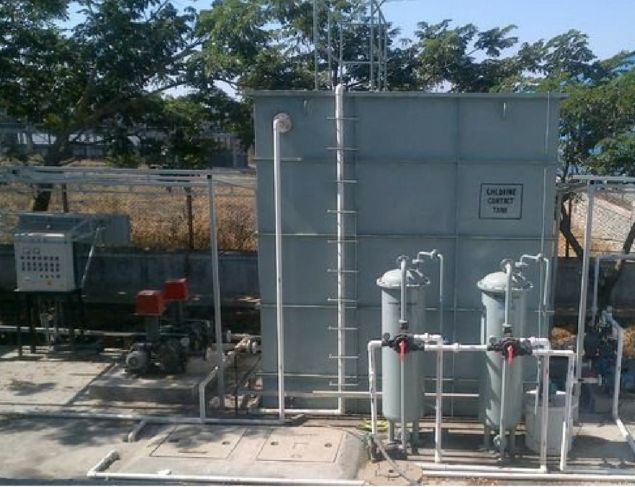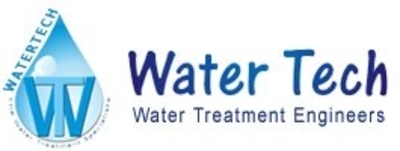
Effluent Treatment Plant (ETP)
An Effluent Treatment Plant (ETP) is a facility designed to treat wastewater or effluent that is generated from various industrial processes before it is released back into the environment or reused. The primary objective of an ETP is to remove pollutants from wastewater to ensure that the effluent complies with environmental regulations and is safe for discharge or reuse. Industrial effluents often contain harmful substances, such as chemicals, heavy metals, oils, suspended solids, and biological contaminants, which can severely impact the environment, public health, and aquatic life if released untreated. An ETP helps mitigate these risks by efficiently removing or neutralizing pollutants from wastewater.
1. Proper treatment of effluents ensures that harmful chemicals, biological agents, and solid waste are not released into water bodies, reducing water pollution and protecting ecosystems.
2. Most countries have strict regulations governing the discharge of industrial effluents. ETPs help industries comply with these environmental norms and avoid fines or legal issues.
3. By treating effluent to a high standard, industries can reuse water for non-potable purposes like cooling, irrigation, or cleaning, leading to conservation of fresh water resources.
4. An ETP reduces the risk of waterborne diseases, pollution, and contamination, thereby ensuring the safety of the community and workers in nearby areas.
5. In the long run, investing in an ETP can be cost-effective for industries. It reduces the need for purchasing large amounts of water and avoids penalties for violating environmental regulations.
